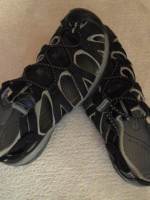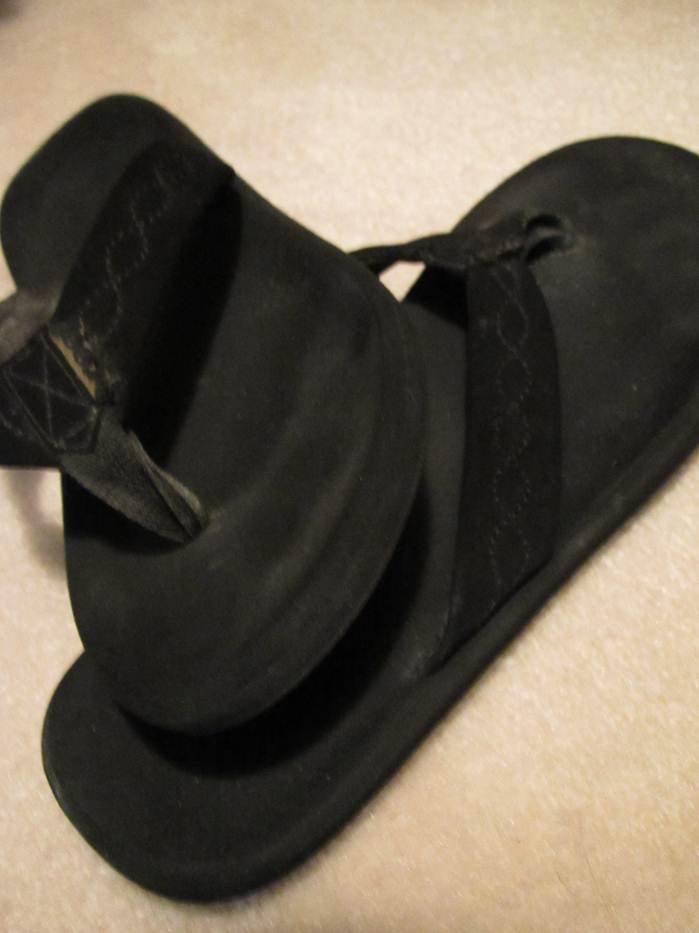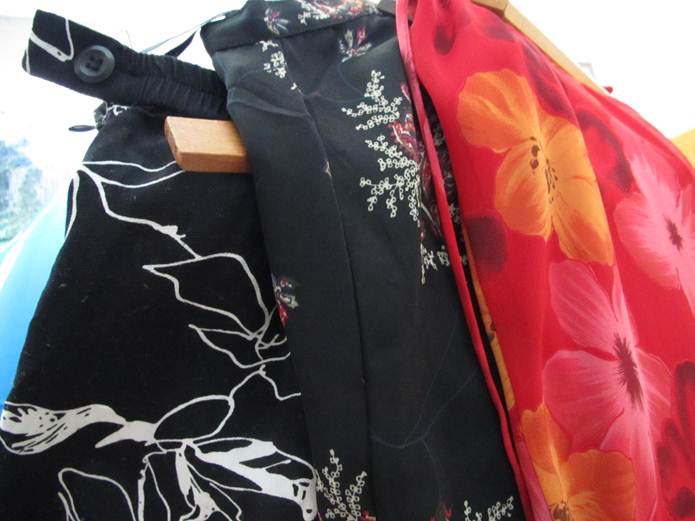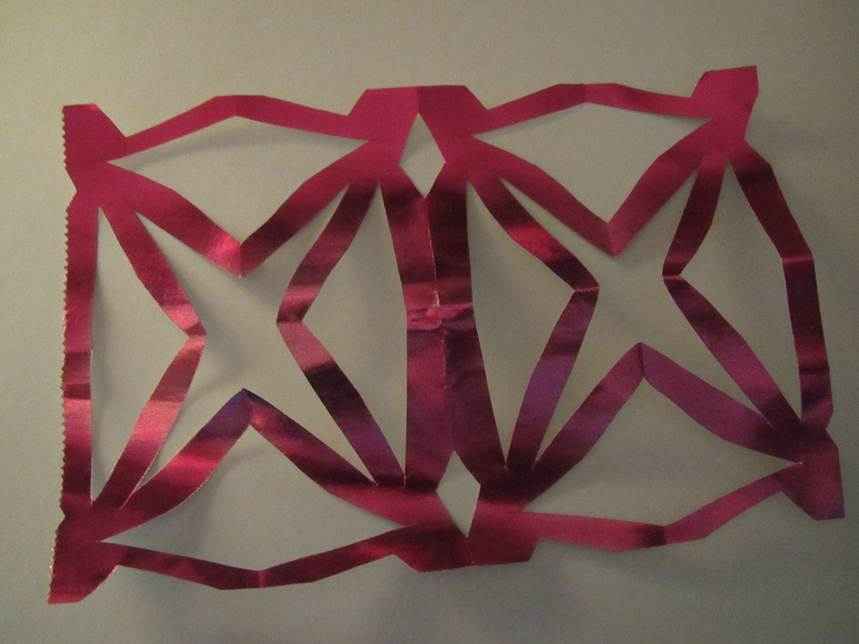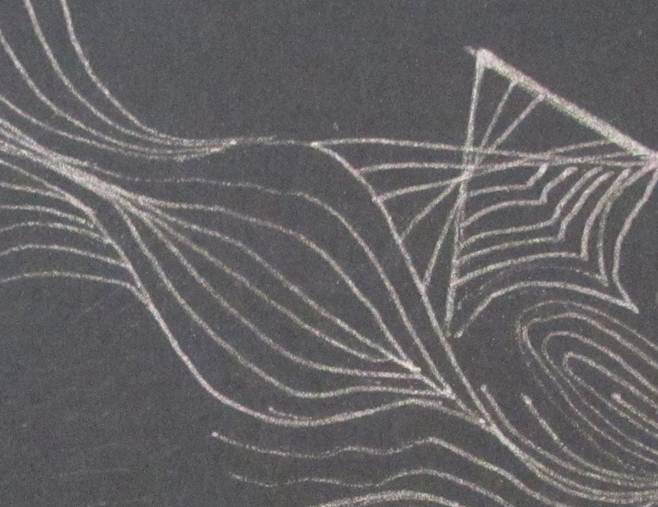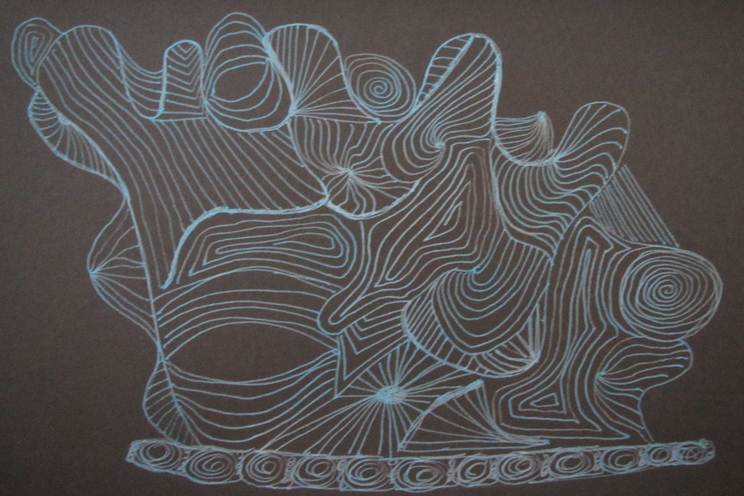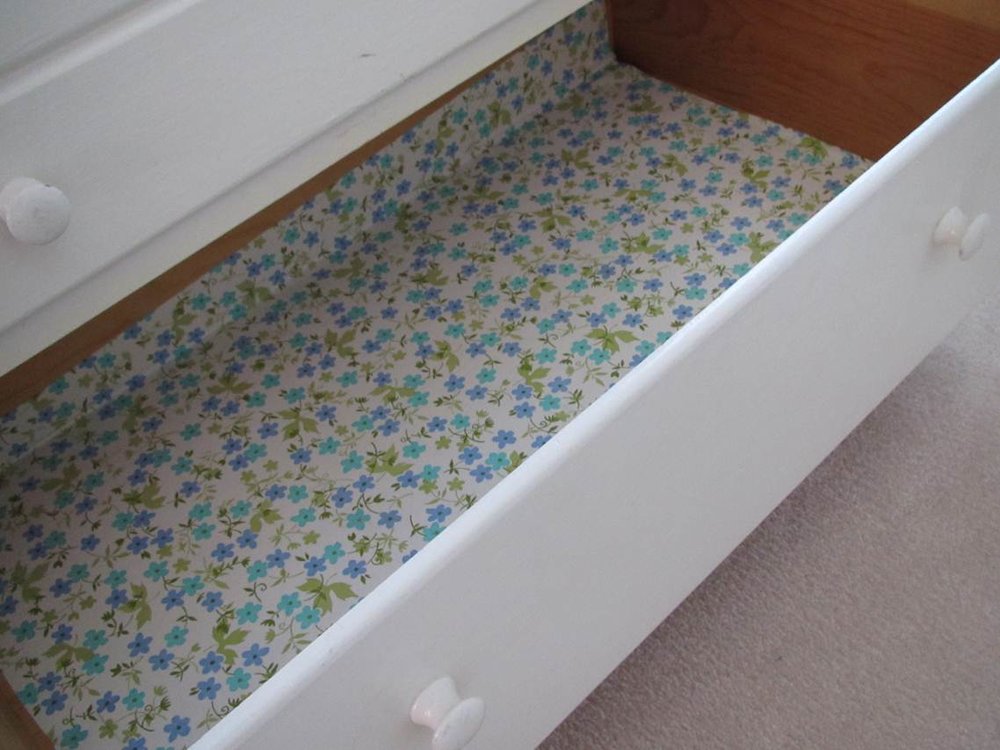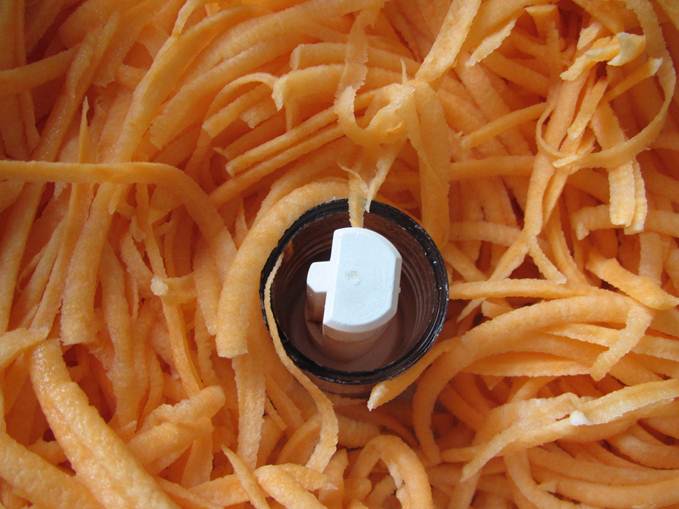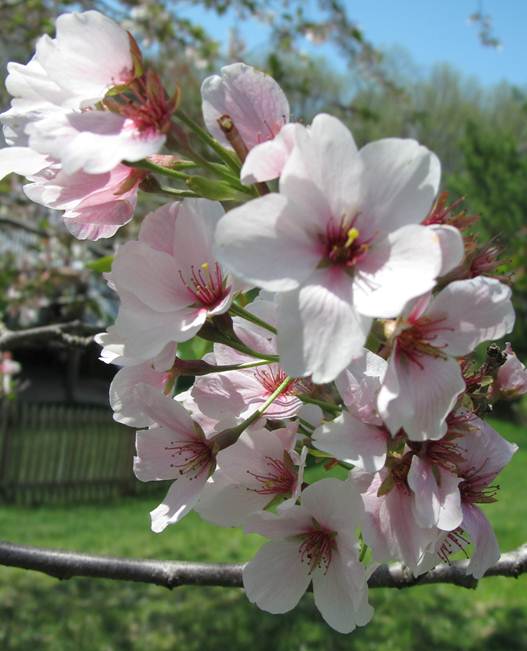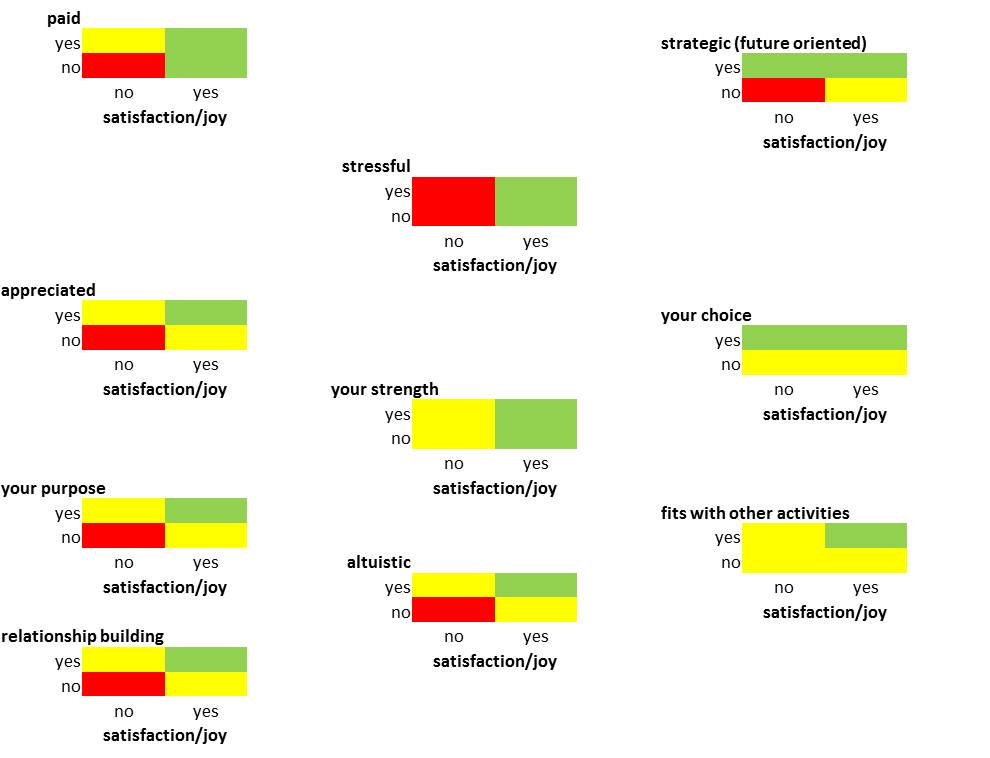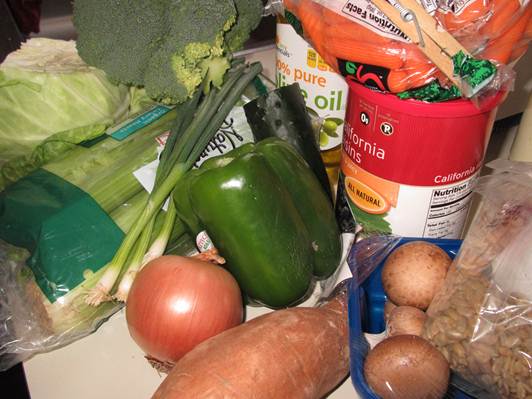What is your definition of success?
/Success can be packaged in so many different ways and the definition that fits for us today may change in the future. I compiled the list of definitions below to use as an icebreaker for a personal development session many years ago; each definition was printed in large font on a pieces of paper arranged on a large table. Each person was handed a glass pebble as they arrived and told to place it on the paper with the definition that matched their definition of success. I don’t remember which one got the most votes - but I do remember that it was a very effective ice breaker because people interacted with others as they made their choice and then afterward. The other part of the session was somewhat delayed in starting!
- Work hard, but don’t put blinders on. Don’t be so driven that you lose track of what’s going on. Be open and not single-minded.
- Happiness with self, in the belief I tried my best to reach my potential
- Achieving your goal, never giving up, no excuses. Being the best you can be at whatever you choose.
- The accomplishment of goals: personal and professional.
- Happiness and making a difference in my field; helping someone else.
- Personal goals: family and children
- Ability to get up every morning looking forward to doing what you are doing that week and to be in a position where you are able to earn a living doing something you would do even if you weren’t paid
- Satisfaction with achievements, feeling of fulfillment. Having fun with what you do every day.
- Security: emotional, financial, and social.
- Having no trouble accomplishing goals and financial security
- Health, wealth, love and the time to enjoy it all
- Independence to take on challenges as they arise and the ability to walk away when it is not fun anymore
- Having the life you want and feeling terrific about it. Knowing you are doing it for yourself and not trying to keep up with anyone in society. Joy and fulfillment.
- You have got to be happy with yourself. Achieve your goals and be comfortable with your achievements.
- Achieving deserved recognition as leader in your chosen pursuit
- Being in control of your life
- Developing tomorrow’s leaders
- Success is fun, but my family is first in my heart and although the success in mine, my life would be lonely not to share it with my family
- To be happy with myself and be able to look at yourself in the mirror every morning and every night and be able to say that you’ve done the best that you know how to do.


